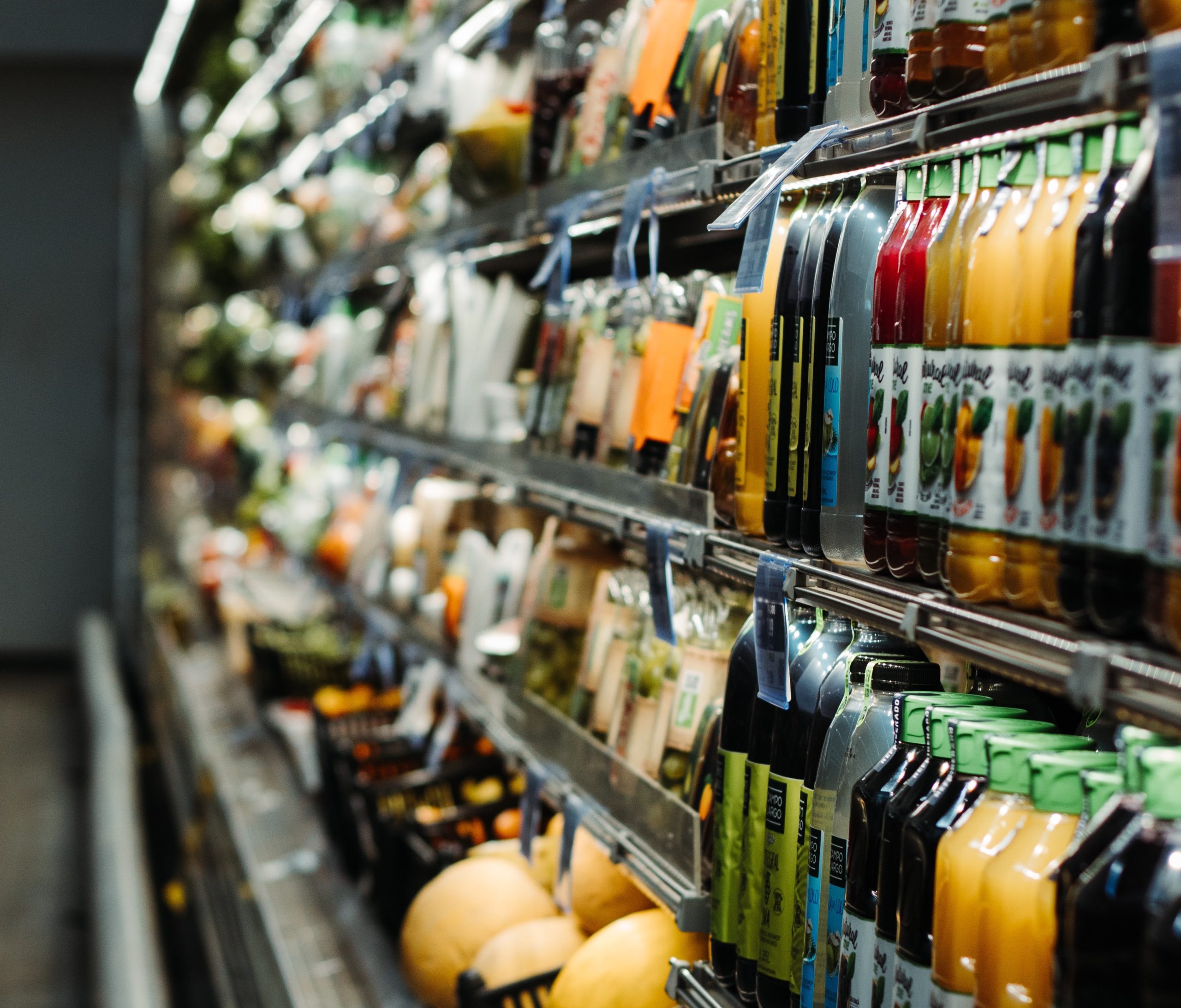Veronica Lehman
JPG Garden Coach & Business Partner
Starting a food and beverage business is challenging. Over the years, we have worked closely with entrepreneurs and have seen firsthand (and experienced ourselves) some of the common mistakes that can be devastating to a young company. Today’s article outlines 5 important watchouts that we have helped startups work through recently. All early-stage food and beverage companies should be aware of these to avoid setbacks and plan for growth accordingly.
1. Co-man Surprises
Entering into an agreement with a co-man will always include some risk. The key is understanding where your greatest liabilities are and how to avoid them. Two areas that can catch startups off guard are formula ownership and supplier transparency. It is essential to understand the co-man’s policy on these to avoid unwanted surprises.
If you are working with a co-man to innovate a product, be sure formula ownership is clearly articulated in the contract BEFORE starting the process. Many manufacturers will allow for the purchase of the completed formula after it is approved, even if they developed it. Thinking of bringing a completed formula to a co-man? Be sure your ownership is protected in the contract. This is especially important to watch against changes that might have to be made to get the product to run smoothly on equipment, and protection from the co-man replicating the formula for another client.
Supplier transparency is another grey area with many co-manufacturers. Putting a product out into the world will impact reputation, so be sure to always know who is supplying ingredients and the specifications and quality control for each. Do this by requesting full transparency of ingredient suppliers and the ability to view the specification sheet for each ingredient.
2. Ingredient Facts
Many startups are excited about the new and different ingredients now accessible to use in products. Ingredients that are just entering the market or very unique can provide a great story and points of differentiation for the brand, however they can also be a huge headache to source and legally use. Ingredient supply and safety are two key areas every startup should focus on when innovating a new product. Two questions to ask about all ingredients are, “Is it widely available?” And “Is it GRAS (Generally Recognized As Safe)?” If the answer to either of those questions is “no” there will be some big roadblocks to production.
3. Unexpected Costs
It is impossible to budget perfectly, but there are certain unexpected costs that can be especially devastating to a tight budget. Be aware of hidden co-man costs, raw material MOQ’s, and retail pricing structures.
When vetting co-manufacturers, make sure to understand what is included in the agreement and what is not. Plant trials, which are test runs of products, are usually very costly. Other items like lab testing for quality control and shelf life/accelerated heat testing for products may or may not be included in production costs. It is important to understand what a co-man will do as part of the tolling fee and what is outside of that fee.
MOQs (Minimum Order Quantities) are another item that can destroy a budget. Many startups are aware of the MOQ’s for production but fail to budget for MOQs for packaging and ingredients. These MOQ’s will affect production cost and inventory to manage down the road.
Finally, beware of retail pricing structures that can come back to bite you, especially if launching a DTC product. The reality is that it is difficult to make money and scale business with a DTC only model. Most brands will need to expand into other eComm players and eventually retail. Be sure to have enough margin to support all the cost layers involved including warehousing, transportation, broker fees, distributor cut and retailer margin.
4. Surprising Competitors
When startups look at the competitive landscape, they look within their category but often forget to look at same occasion products outside of their category. The question to ask is what other foods consumers are eating at that occasion that may not be in that category. For example, when Magic Spoon started a cereal company, they knew they were competing with bagels, toast, grab-and-go sandwiches and yogurt, not just cereal. The same can be said for beverages like kombucha and energy drinks, which are very different products, but may have the same customer and use occasion.
It is important to think broadly about competitors in and outside of the category to properly position your brand and form the right consumer messaging.
5. Time Allocation
Part of being an entrepreneur is doing it all, especially in the beginning. This makes it hard for founders to give up control of certain business areas as they grow. However, stretching yourself too thin or putting in hours on less valuable tasks will only hurt the business. Know where your strengths and passions are and focus on those areas. It is smart to hire an outside group to manage all business finances for a reasonable cost if that is not a strength and it frees up time to drive additional sales and marketing. Being smart with where time is spent should allow the ability to make more money and cover the costs of outside help.
The more knowledge you have as an entrepreneur, the better you can anticipate and avoid potentially devastating problems in your business. JPG Garden is a coaching and education platform designed to guide startups through the fundamentals of starting a food and beverage business. Explore our website to learn how we can help navigate the process.
About JPG Resources, LLC
Led by a team of natural CPG veterans, JPG Resources is a food & beverage innovation and commercialization group based in Battle Creek, Michigan, where it has established a track record of building ideas into thriving food businesses. With a team of more than 50 food business professionals, JPG provides food venture creation guidance through strategic innovation, product development, supply chain management, commercialization, and ongoing support services for the earliest startups to the most trusted global CPG brands. For additional information, please visit JPG Resources online at www.jpgresources.com


